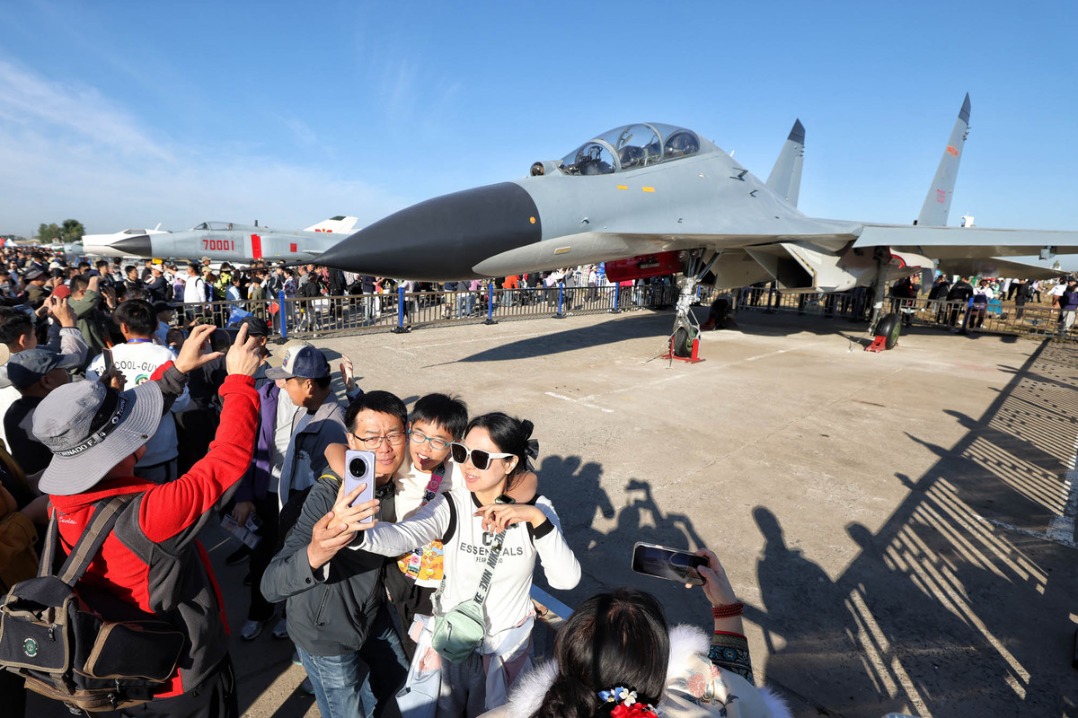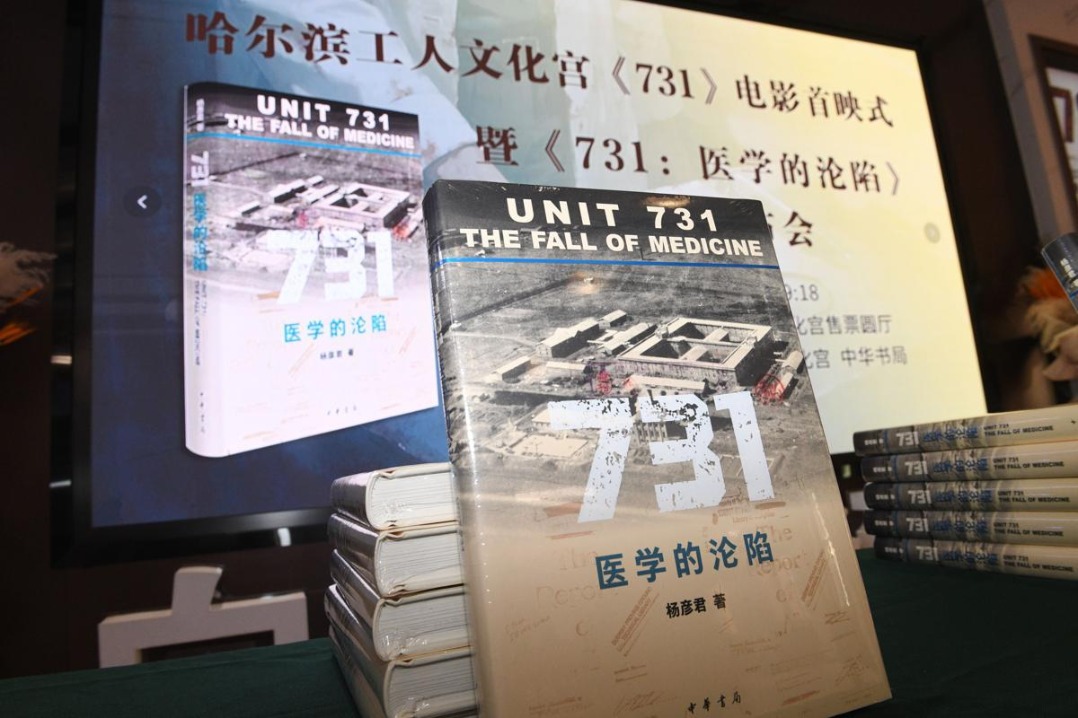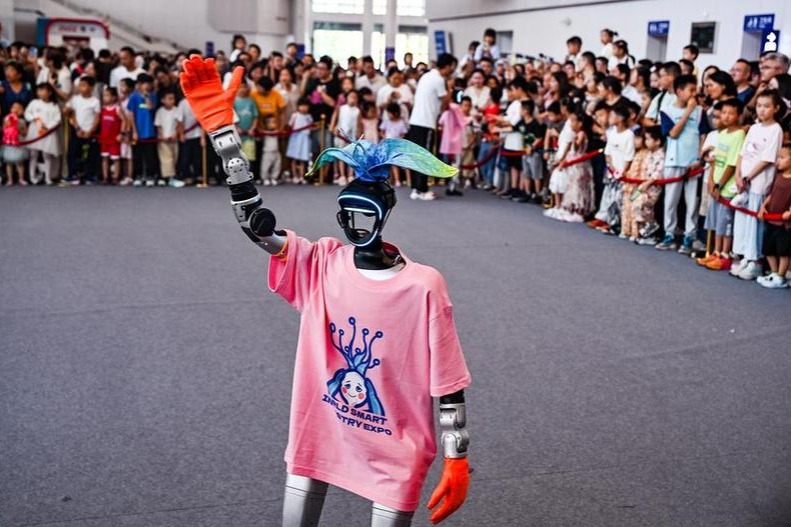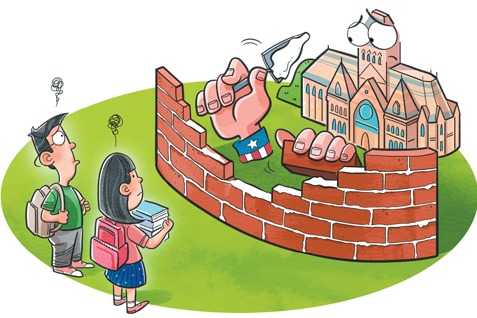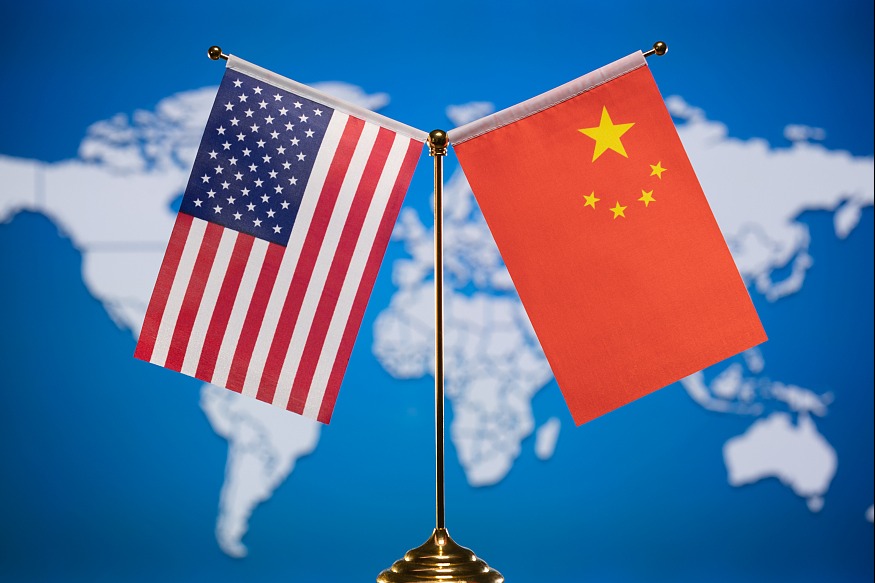Growing pains
Priorities for Chinese agribusinesses investing overseas need to be clarified


It is a key strategic move for China's agricultural sector to go global, as it will quicken the transformation of the sector's model of growth, deepen its supply-side structural reform and enable the more coordinated allocation of domestic and international resources.
China has accelerated its investment in the global agricultural sector, since President Xi Jinping proposed the Belt and Road Initiative in 2013. According to official statistics, between 2011 and 2019,1,829 Chinese companies invested $19.67 billion in agricultural sectors in 118 overseas countries and regions. The investment volume was 1.5 times the foreign direct investment in China's agricultural sector during the same period. This agricultural foreign investment is mainly focused on products that are in short supply in China, such as rubber, sugar, soybean, palm oil, dairy products, beef and mutton, as well as sectors in which China holds a technological edge, such as feeds for livestock, poultry and aquatic products, livestock and poultry farming, and the production and processing of high-quality rice.
The investments extend from grain farming and land purchase to entire industries, including industries at the upper end of the value chain.
For example, China's leading foodstuff producer and grain trader COFCO Group has improved its overseas supply chains by building up ports, terminals and storage facilities in major production areas and key logistics hubs in South America and the Black Sea region, through the acquisition of the multinational agribusiness firms Noble Agri and Nidera.
Sinochem Group's acquisition of Syngenta AG has expedited its research and development in seed technology and its production capacity in pesticides. Bright Food Group has acquired companies in Spain, New Zealand, Canada and Argentina, and its global industrial chain for dairy, aquatic products and meat is starting to take shape. Shanghai Pengxin Group has developed an industry chain for the purchase, storage and transportation of soybean and corn in Brazil, which is capable of handling several million metric tons of grain.
However, because of their relatively short history of global operations, Chinese agribusinesses face many problems. According to a survey by the Ministry of Agriculture and Rural Affairs, among the 983 agricultural enterprises that have conducted international operations, 434 are mainly engaged in agricultural production, another 39 in processing, 45 in scientific research and 25 in warehousing and logistics. Only 73 companies have investments and operations running throughout the industry chain.
In the survey, companies complained about a lack of means to obtain timely market information from overseas, saying they feel helpless in conducting overseas exchanges and negotiations, and also face difficulties in coordinating with other domestic players in the upper and lower ends of the industry chains.
But the most pressing problem they reported was the lack of financial support such as credit and insurance. According to a survey conducted by the China Council for the Promotion of International Trade, less than 1 percent of overseas investment projects by private enterprises have obtained loans from Chinese policy banks.
There is also a shortage of professionals with overseas work experience, especially those with comprehensive managerial experience. Bright Food Group told the survey it could not find enough professionals who are familiar with the international food industry, rules of international market operations and international finance, taxation and law.
A key factor for the success of overseas investment projects is to conduct localized operations. But some Chinese companies are not proactive enough in providing training, labor protection, and social security, and some have little communication with the local governments and agencies.
There are also obstacles for some Chinese agribusinesses to bring the products from their overseas programs to China due to the nation's tariff rate quotas. Companies in Guangdong and Yunnan provinces reported that the sugar, rice, corn and other agricultural products produced by their overseas projects in Southeast Asia cannot be shipped back due to China's tariff rate quota restrictions.
Therefore, it is important to clarify the priorities for agricultural companies investing overseas. Corn, soybeans and high-quality protein foods such as meat and milk-which are in short supply in China-should be the priority as the nation builds up its overseas supply chains for agricultural products.
It is also important to clarify the entry point for going global. It is more appropriate to start from processing and trade, rather than acquiring land or land use rights.
In addition, the ways and investment methods for going global can be further optimized. The overseas projects of large enterprises can enable smaller companies to participate in the division of labor in the industrial chains by developing overseas demonstration parks for agricultural cooperation to attract small and medium-sized enterprises from China. In terms of investment methods, direct investment, the integration of trade and investment, and mergers and acquisitions are three viable options. Direct investment and the integration of trade and investment are more suitable for SMEs. Mergers and acquisitions can enable quicker growth, but only large companies are capable of such deals.
Businesses including COFCO, Sinochem, Bright Food Group, Shanghai Pengxin, Guangdong Agribusiness Group and New Hope Group have become or are becoming agricultural multinationals. The more these large agribusinesses move toward the higher end of the international industrial chain, the more conducive they are to the high-quality development of China's agriculture. It is important for relevant authorities to communicate with such companies on a regular basis, to help solve any problems they may encounter in their overseas operations, so as to ensure their sustained and long-term success.
Du Ying is vice-chairman of the China Center for International Economic Exchanges. Zhang Xiuqing is director of Circulation and Industrial Development at the Macroeconomic Research Department and senior economist with the CCIEE.Liang Tengjian is a postdoctoral fellow at CCIEE.
The authors contributed this article to China Watch, a think tank powered by China Daily. The views do not necessarily reflect those of China Daily.
Contact the editor at editor@chinawatch.cn




















